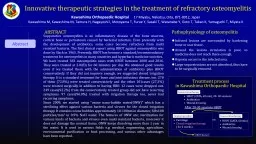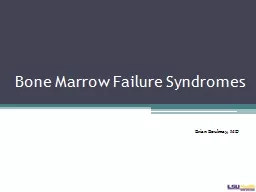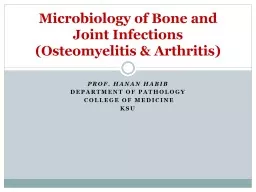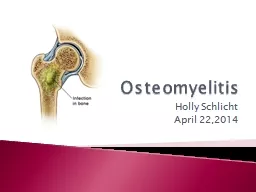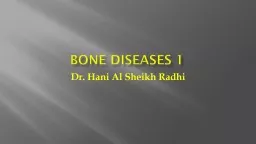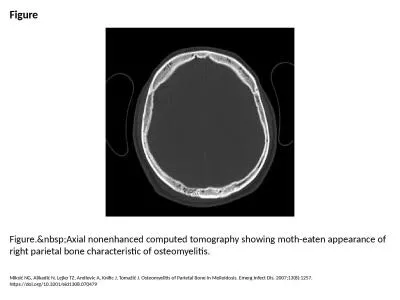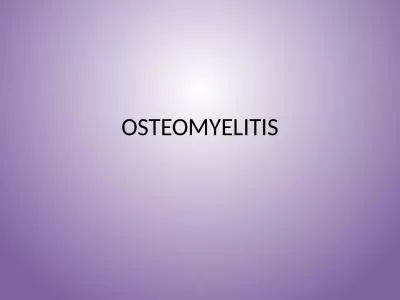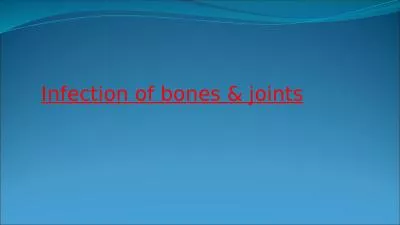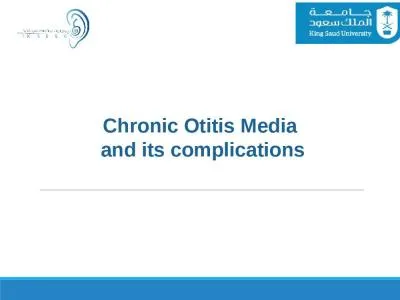PPT-ABSTRACT Abstract Suppurative osteomyelitis is an inflammatory disease of the bone marrow,
Author : alexa-scheidler | Published Date : 2019-11-02
ABSTRACT Abstract Suppurative osteomyelitis is an inflammatory disease of the bone marrow cortical bone or periosteum caused by bacterial infection Even presently
Presentation Embed Code
Download Presentation
Download Presentation The PPT/PDF document "ABSTRACT Abstract Suppurative osteomyeli..." is the property of its rightful owner. Permission is granted to download and print the materials on this website for personal, non-commercial use only, and to display it on your personal computer provided you do not modify the materials and that you retain all copyright notices contained in the materials. By downloading content from our website, you accept the terms of this agreement.
ABSTRACT Abstract Suppurative osteomyelitis is an inflammatory disease of the bone marrow,: Transcript
Download Rules Of Document
"ABSTRACT Abstract Suppurative osteomyelitis is an inflammatory disease of the bone marrow,"The content belongs to its owner. You may download and print it for personal use, without modification, and keep all copyright notices. By downloading, you agree to these terms.
Related Documents

